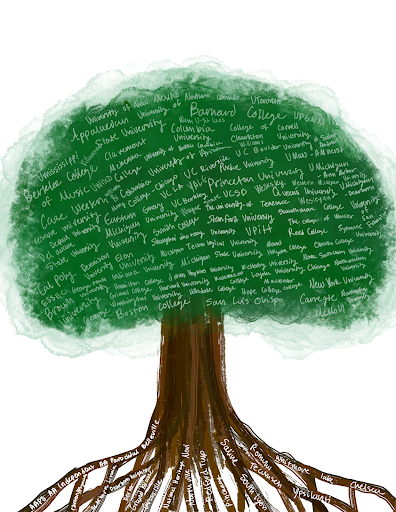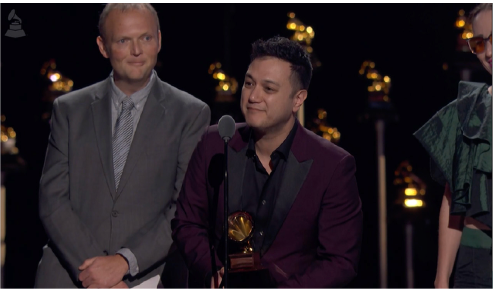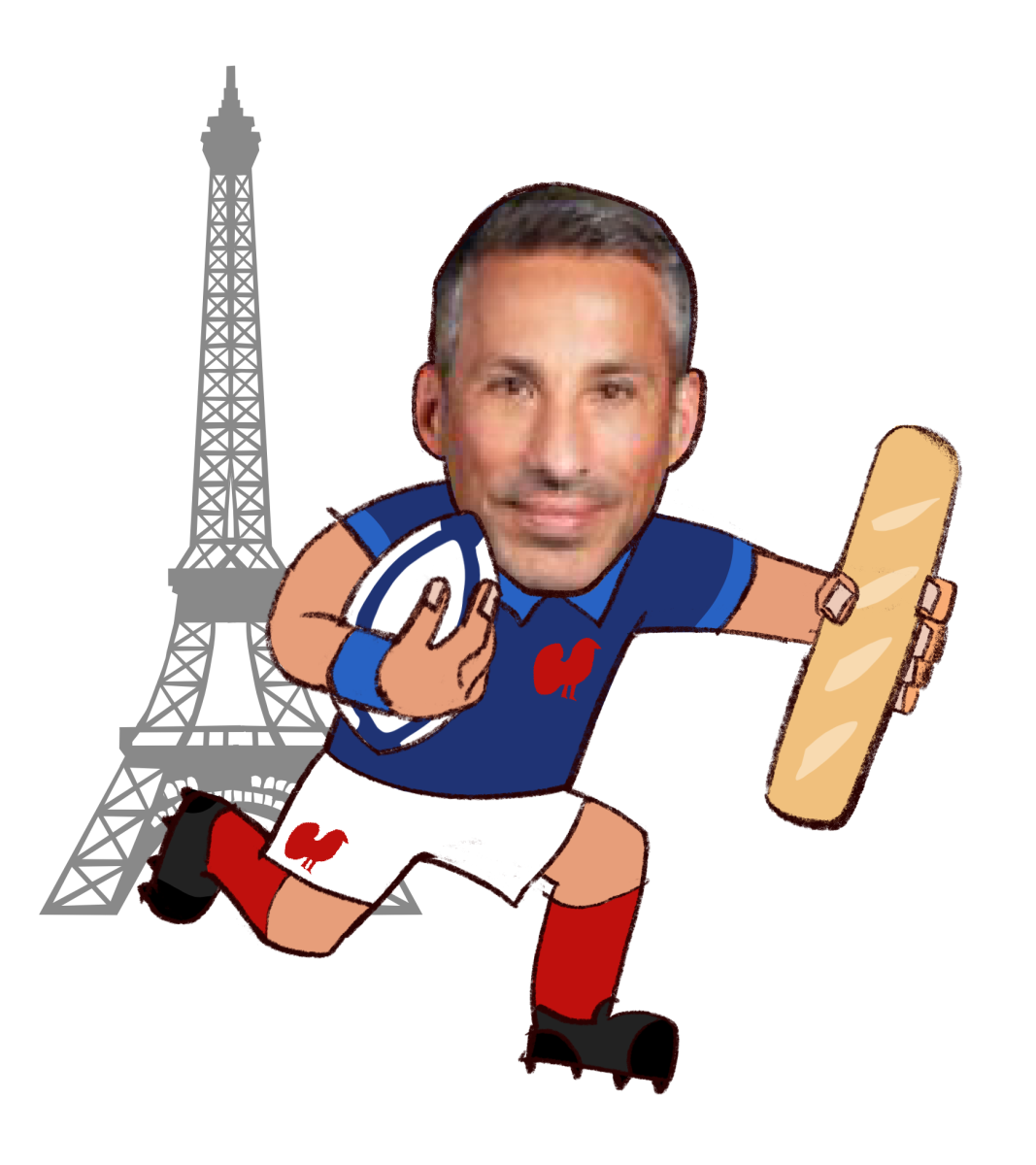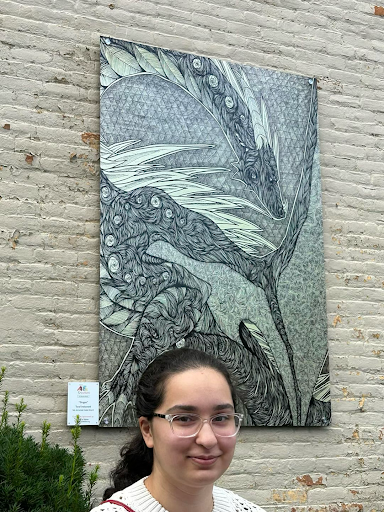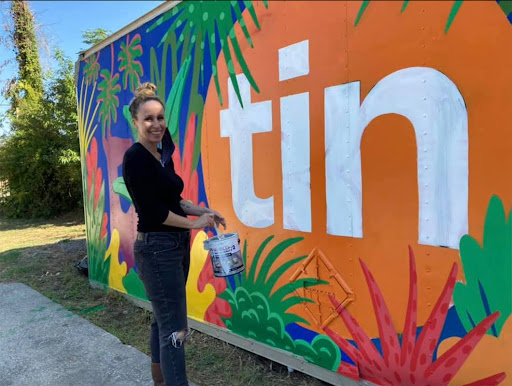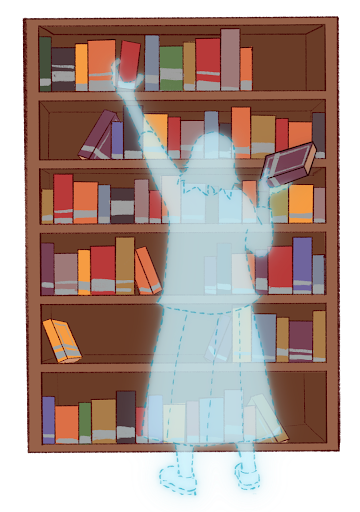At first glance, Hedgehogs, Greenhills students, and a newspaper don’t really seem to have much in common. But the truth is they are all related to the origins of The Alcove.
Barnaby Fry ‘87 worked on ‘The Hedgehog Times’ which was an independent unsanctioned student newspaper that was equal parts satire, storytelling, and self-expression.
“The paper started as a literal cut-and-paste affair, but David’s dad, Karl Zinn, worked at a U of M department that studied the future of education, and as a result, David owned one of the very first Macintosh computers,” said Fry.
During Fry’s time on the paper digital publishing was starting to become accessible to high school students.
“We got this new software called “PageMaker” that allowed text blocks to flow with layouts, and with the brand-new Laser Printer in Karl’s office we could suddenly start publishing something that looked more professional than any student paper in history,” said Fry.
Fry knew how to use all of these new advancements and it started to become clear that he would be the one to take over ‘The Hedgehog Times’ once the current leaders graduated.
“I enlisted a friend a year behind me,” said Fry “To help carry the load and have someone to pass it on to the following year when I graduated, hoping the tradition of this paper could continue as a project for the kids who needed it for years to come”
The Alcove was a creative outlet for many students and gave them a sense of community. That was just the case for Jabeen Hamzavi ‘88.
“The Alcove was the one club I felt a part of,” said Hamzavi. “I didn’t play a sport and didn’t act so this fit with my personality.”
Hamzavi may have felt like this was a way to be part of the community, but for John Sloat ‘88, the paper was more of a creative outlet.
“I was interested in journalism then or some kind of writing,” said Sloat “I was less interested in reporting, and I was more interested in thinking about how things should be at school or writing satirical pieces like they did in ‘The Hedgehog Times’”
However, when Fry took over there were many changes to the way the paper was structured.
“When we started the new school year, a teacher called us into his office and told us to take our just-for-our-own-entertainment pet project and make it an official school paper,” said Fry. “He argued it would be better for our college applications.”
This would mean that there would be a faculty advisor and they would be regulated on what they could write. That was not the only change that angered Fry.
“He also told us his son, a junior at the time, would be installed as an editor, and that our name was too juvenile and would be changed to The Alcove,” said Fry.
All of this change was also amidst a school renovation where the signature alcoves were removed to make room for the hallways.
“ It felt like more than one unique thing about the school was being killed,” said Fry. “We acquiesced to the “suggestion” and The Alcove was launched in the fall of 1986.”
The school-sanctioned newspaper was reporting on what they pleased until Fry wrote an editorial based on a parent who complained about a speaker at the school. The speaker was there to speak to highlight the importance of diverse cultures.
“A scholar was invited for a lecture, but it was mostly some simple things like baking desserts,” said Fry, “Some parents complained about indoctrination, and the rest of the events were canceled.”
Fry decided to write an article about this incident.
“I wrote an editorial that was 90 percent praising the students and 10 percent questioning the reaction from the parents and the school,” said Fry “Our faculty advisor prevented us from publishing.”
Fry believed that the newspaper should be used to speak out and share information but he was prevented from doing that. Once Fry graduated, his legacy on the paper was continued by Hamzavi and Sloat.
Though the paper had shifted from its roots they still saw this as an opportunity to utilize what they had learned in their classes.
“I got a really great education at Greenhills, and I think a lot of that came from the emphasis on writing and communication,” said Sloat. “The Alcove was a space where I could apply those skills.”
Even though it wasn’t quite the boundary-pushing newspaper that Fry had imagined, It also was not exactly the satirical, not-so-serious paper that Sloat envisioned. Eventually, the community built by the paper became the root of why people decided to join ‘The Alcove.’ Somewhere where you could share ideas and thoughts with others. “It was a space where I could express myself in a way that felt natural,” said Hamzavi. “It gave me a sense of belonging.”



